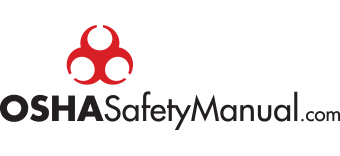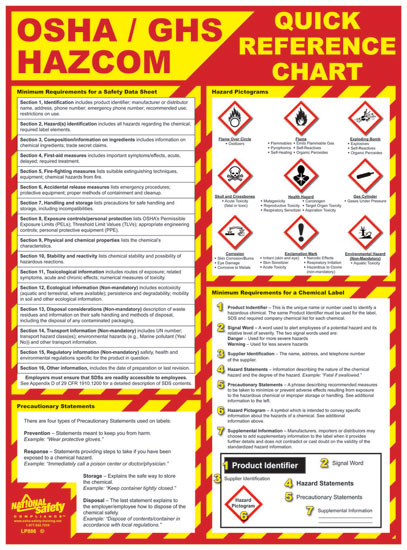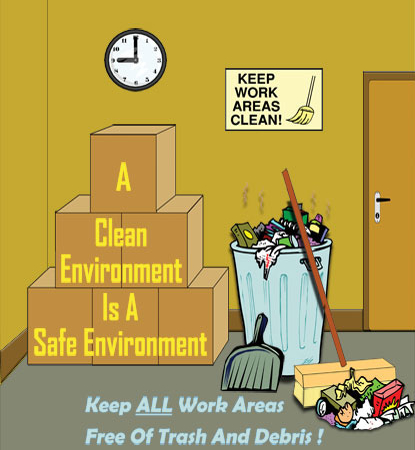Description
Full Color Motivational Safety Poster 18″ x 24″ Laminated
OSHA/GHS HAZCOM QUICK REFERENCE CHART
Minimum Requirements for a Safety Data Sheet
Section 1, Identification includes product identifier; manufacturer or distributor name, address, phone number; emergency phone number; recommended use; restrictions on use.
Section 2, Hazard(s) identification includes all hazards regarding the chemical; required label elements.
Section 3, Composition/information on ingredients includes information on chemical ingredients; trade
secret claims.
Section 4, First-aid measures includes important symptoms/effects, acute, delayed; required treatment.
Section 5, Fire-fighting measures lists suitable extinguishing techniques, equipment; chemical hazards from fire.
Section 6, Accidental release measures lists emergency procedures; protective equipment; proper methods of
containment and cleanup.
Section 7, Handling and storage lists precautions for safe handling and storage, including incompatibilities.
Section 8, Exposure controls/personal protection lists OSHA’s Permissible Exposure Limits (PELs); Threshold
Limit Values (TLVs); appropriate engineering controls; personal protective equipment (PPE).
Section 9, Physical and chemical properties lists the chemical’s characteristics.
Section 10, Stability and reactivity lists chemical stability and possibility of
hazardous reactions.
Section 11, Toxicological information includes routes of exposure; related symptoms, acute and chronic effects; numerical measures of toxicity.
Section 12, Ecological information (Non-mandatory) includes ecotoxicity (aquatic and terrestrial, where available); persistence and degradability; mobility in soil and other ecological information.
Section 13, Disposal considerations (Non-mandatory) description of waste residues and information on their safe handling and methods of disposal, including the disposal of any contaminated packaging.
Section 14, Transport information (Non-mandatory) includes UN number; transport hazard class(es); environmental hazards (e.g., Marine pollutant (Yes/No)) and other transport information.
Section 15, Regulatory information (Non-mandatory) safety, health and environmental regulations specific for the product in question.
Section 16, Other information, includes the date of preparation or last revision.
Employers must ensure that SDSs are readily accessible to employees.
See Appendix D of 29 CFR 1910.1200 for a detailed description of SDS contents.
Hazard Pictograms
Flame Over Circle
• Oxidizers
Flame
• Flammables
• Pyrophorics
• Self-Heating
• Emits Flammable Gas
• Self-Reactives
• Organic Peroxides
Exploding Bomb
• Explosives
• Self-Reactives
• Organic Peroxides
Skull and Crossbones
• Acute Toxicity (fatal or toxic)
Corrosion
• Eye Damage
• Corrosive to Metals
• Skin Corrosion/Burns
Gas Cylinder
• Gases Under Pressure
Health Hazard
• Carcinogen
• Mutagenicity
• Reproductive Toxicity
• Respiratory Sensitizer
• Target Organ Toxicity
• Aspiration Toxicity
Exclamation Mark
• Irritant (skin and eye)
• Skin Sensitizer
• Acute Toxicity
• Narcotic Effects
• Respiratory Tract Irritation
• Hazardous to Ozone Layer (non-mandatory)
Environmental Hazard (Non-Mandatory)
• Aquatic Toxicity
Precautionary Statements
There are four types of Precautionary Statements used on labels:
Prevention – Statements meant to keep you from harm.
Example: “Wear protective gloves.”
Response – Statements providing steps to take if you have been exposed to a chemical hazard.
Example: “Immediately call a poison center or doctor/physician.”
Storage – Explains the safe way to store
the chemical.
Example: “Keep container tightly closed.”
Disposal – The last statement explains to the employer/employee how to dispose of the chemical safely.
Example: “Dispose of contents/container in accordance with local regulations.”
Minimum Requirements for a Chemical Label
1 Product Indentifier – This is the unique name or number used to identify a hazardous chemical. The same Product Identifier must be used for the label, SDS and required company chemical list for each chemical.
2 Signal Word – A word used to alert employees of a potential hazard and its relative level of severity. The two signal words used are:
Danger – Used for more severe hazards
Warning – Used for less severe hazards
3 Supplier Identification – The name, address, and telephone number of the supplier.
4 Hazard Statements – Information describing the nature of the chemical hazard and the degree of the hazard.
Example: “Fatal if swallowed.”
5 Precautionary Statements – A phrase describing recommended measures to be taken to minimize or prevent adverse effects resulting from exposure to the hazardous chemical or improper storage or handling. See additional information to the left.
6 Hazard Pictogram – A symbol which is intended to convey specific information about the hazards of a chemical. See additional
information above.
7 Supplemental Information – Manufacturers, importers or distributors may choose to add supplementary information to the label when it provides further details and does not contradict or cast doubt on the validity of the standardized hazard information.





